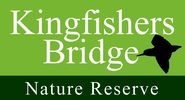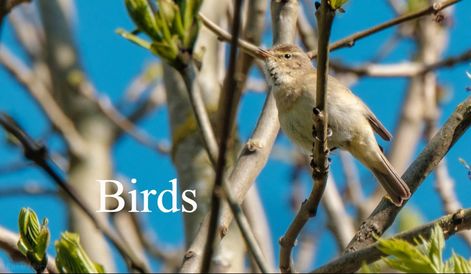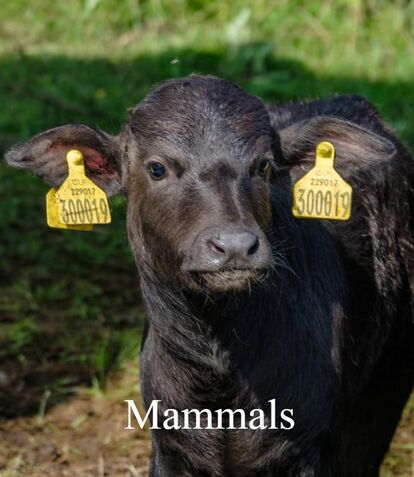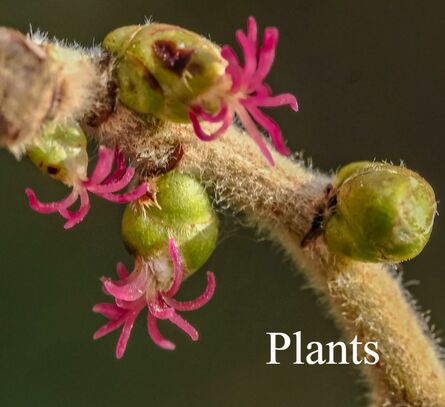The word ‘wildlife’ describes the full variety of all living things that may be found. One measure of this biodiversity is the species list we build up for each of the many different groups of animals or plants we record. For many groups we have gathered extensive records, but we have not yet done that for every variety of life we have! We know that the wildlife at Kingfishers Bridge Reserve Reserve is largely dependent on each species finding its own preferred habitat. So we have worked hard therefore to provide diverse environments to support our fauna and flora: be it in shallow pools, ponds, lakes, reedbeds, ditches, wet meadows, dry meadows, scrub, wet woodland or dry woodland, etc. Once species are recorded in a habitat, another measure of our success, in species targeted conservation, is to monitor our ‘hosting’ of them. That is, for each of the species, what is its abundance on the reserve and how well has it been able to survive in the conditions we have created for it? This is our species based approach to wildlife conservation.
An example of these wildlife conservation objectives will illustrate this. The Lapwing is just one of the 210 different wild bird species that we have recorded in the past 25 years. Although we have ‘found them’ here these waders have ‘found us’ by selecting the optimal habitat for themselves. For Lapwings, this environment is a short grazed, level and extensive open area, without much vegetation cover, and preferably close to water. The level openness gives them the security of a clear view of any potential predators, whilst the wetland secures their ready access to the right kind of food supply. In summer we achieve the ‘hosting’ of several pairs of breeding Lapwings, each with their own territory. These pairs quite commonly rear their young successfully, if the eggs and young escape predation. Such success is measurable and we can work to improve it. By contrast, in winter, we may ‘host’ huge flocks of over 500 non-breeding Lapwings on a daily basis. These winter visitors are here, most probably from Scandinavia. The sheer numbers of these birds choosing to come here informs us precisely as to what those Lapwing’s winter habitat preferences are. Knowing that can help them to thrive.
An example of these wildlife conservation objectives will illustrate this. The Lapwing is just one of the 210 different wild bird species that we have recorded in the past 25 years. Although we have ‘found them’ here these waders have ‘found us’ by selecting the optimal habitat for themselves. For Lapwings, this environment is a short grazed, level and extensive open area, without much vegetation cover, and preferably close to water. The level openness gives them the security of a clear view of any potential predators, whilst the wetland secures their ready access to the right kind of food supply. In summer we achieve the ‘hosting’ of several pairs of breeding Lapwings, each with their own territory. These pairs quite commonly rear their young successfully, if the eggs and young escape predation. Such success is measurable and we can work to improve it. By contrast, in winter, we may ‘host’ huge flocks of over 500 non-breeding Lapwings on a daily basis. These winter visitors are here, most probably from Scandinavia. The sheer numbers of these birds choosing to come here informs us precisely as to what those Lapwing’s winter habitat preferences are. Knowing that can help them to thrive.
The Kingfishers Bridge Wetland Creation Trust Registered Charity No. 1078882






